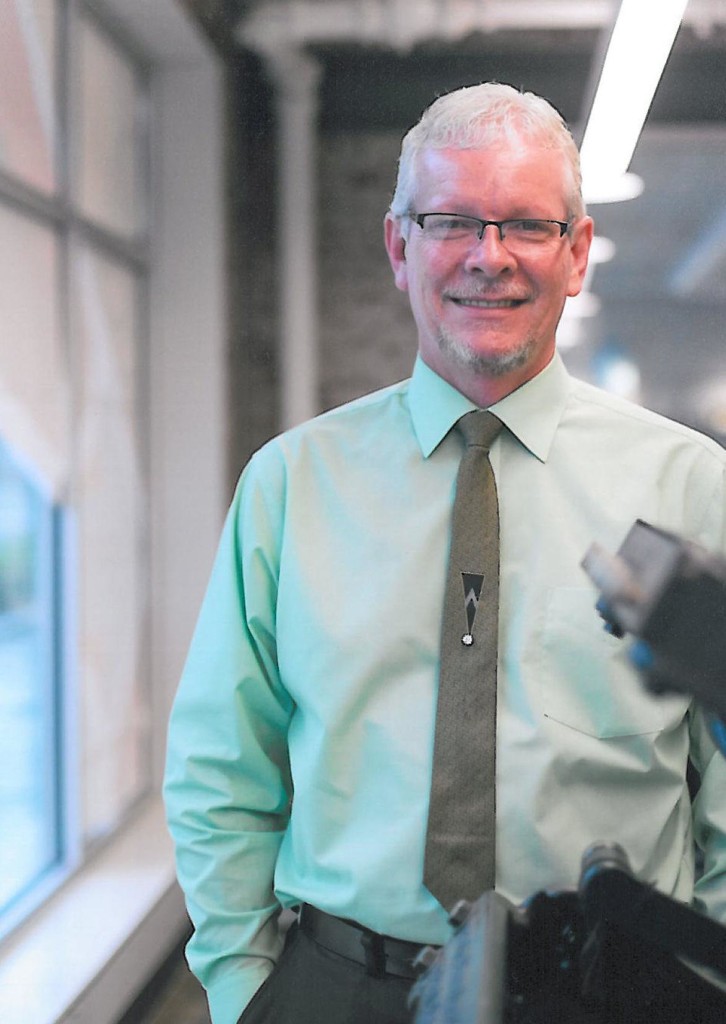Commentary by Denny Ward, SMTS Executive Director and MPTA Board Member.
As one of the nation’s largest rural public transportation providers, and the second largest rural provider in the state of Missouri, Southeast Missouri Transportation Service (SMTS) began serving Missourians in 1973 with one vehicle and one driver in one county.
Today, SMTS operates a fleet of 200 vehicles, employs 200+ individuals and covers 21 counties. In the last fiscal year, SMTS vehicles traveled nearly 5 million miles, providing over 315,000 one-way trips within the state.
Missourians rely on public transit across the state, and look to providers like SMTS, Dunklin County Transit, Mississippi County Transit, Ripley County Transit, Scott County Transit and the other city-based entities to meet these needs. The demographic served is broad, as is the need. Weekly, SMTS is relied upon to help clients get to doctors, specialists, grocery stores, pharmacies, places of employment, sheltered workshops, nutrition centers, dialysis clinics and beauty shops. Many of these citizens are elderly or living with confirmed disabilities, while others are living at or below poverty level. All have no other means of transportation. This service is vital to their independence and well-being.
Missouri, as a state, is unique in the fact that EVERY SINGLE COUNTY has a public transportation provider to assist residents with their transportation needs. No other state in the union can boast this claim. Yet, other transit systems across the nation receive approximately 40 percent of their annual operating budget dollars from state coffers. Unfortunately, this is NOT the case in Missouri. Over the course of the past decade, Missouri’s legislature has continually slashed state funding for public transit until it has reached an all-time low of a meager $1.7 million. This amount is then split among 34 transit providers statewide. As a result, most of the state’s providers currently receive less than 1 percent of their annual operating funds from the state.
This lack of state funding has forced Missouri’s transit providers to rely heavily on federal dollars to support their operations, along with searching out other creative ways to secure funding to continually meet the demands of the public. According to the Missouri Public Transit Association, service cuts and fare hikes are being implemented across the state. These cuts are necessary in order to meet financial obligations associated with operating vehicles. Service cuts mean that individuals are being deprived of much needed visits to medical facilities, cannot do necessary shopping, nor get to their places of employment. The absence of funding from the State of Missouri is a huge contributor to this demise.
The impact public transportation has on a community is huge. Statistics substantiate that public transit helps to stimulate economic development, attracts business and enterprise, establishes healthier communities, connects individuals with employment thus reducing the unemployment rate, furthers equality, and can, will and does build sustainable communities.
It’s clear no one source can possibly fund transportation in Missouri, but it is also evident that a greater investment and commitment needs to come from the state legislature going forward. The infrastructure exists and the players are dedicated and committed. We must promote awareness, impart upon our elected officials the importance and urgency at hand, and encourage them to increase funding for Missouri’s transit systems.
